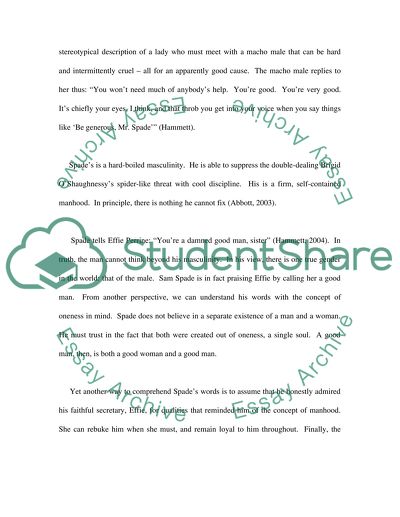Cite this document
(“Hammetts The Maltese Falcon Book Report/Review Example | Topics and Well Written Essays - 1500 words”, n.d.)
Retrieved from https://studentshare.org/sociology/1513629-hammetts-the-maltese-falcon
Retrieved from https://studentshare.org/sociology/1513629-hammetts-the-maltese-falcon
(Hammetts The Maltese Falcon Book Report/Review Example | Topics and Well Written Essays - 1500 Words)
https://studentshare.org/sociology/1513629-hammetts-the-maltese-falcon.
https://studentshare.org/sociology/1513629-hammetts-the-maltese-falcon.
“Hammetts The Maltese Falcon Book Report/Review Example | Topics and Well Written Essays - 1500 Words”, n.d. https://studentshare.org/sociology/1513629-hammetts-the-maltese-falcon.


